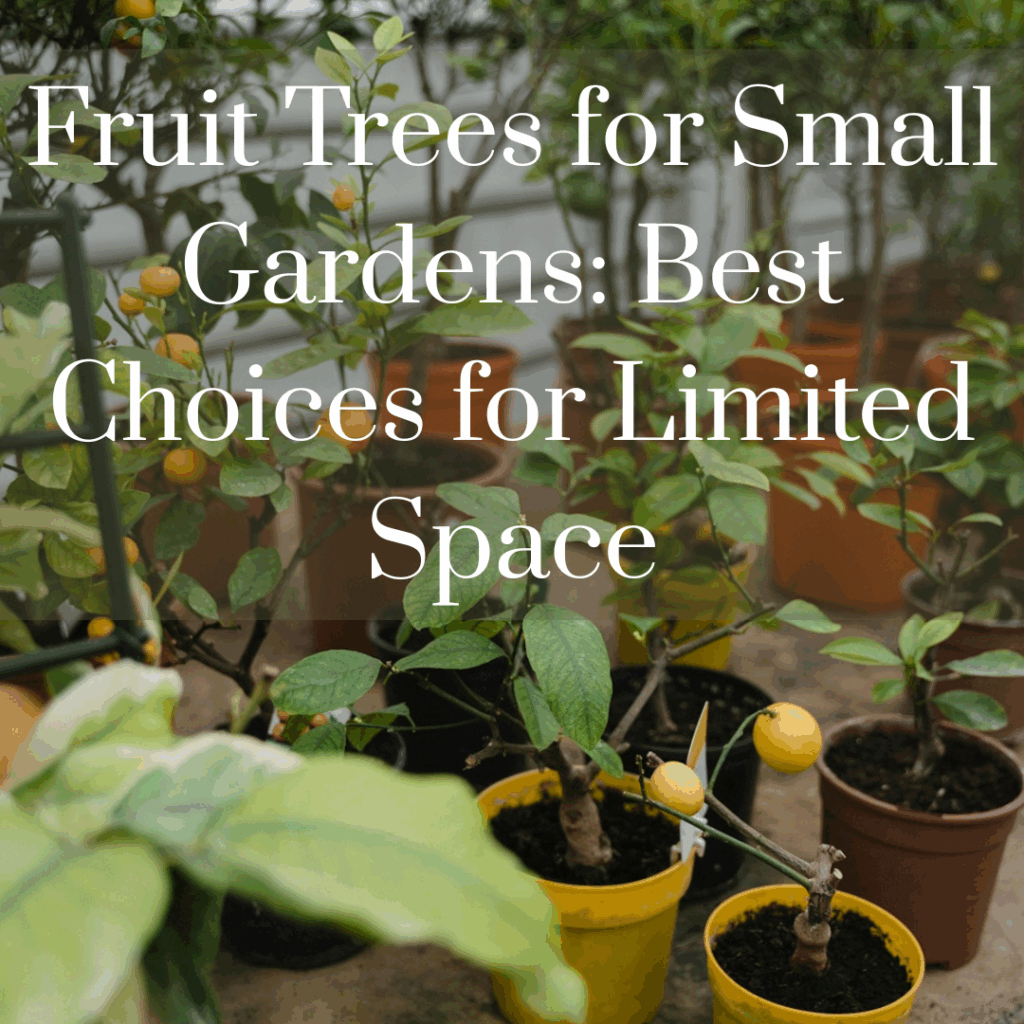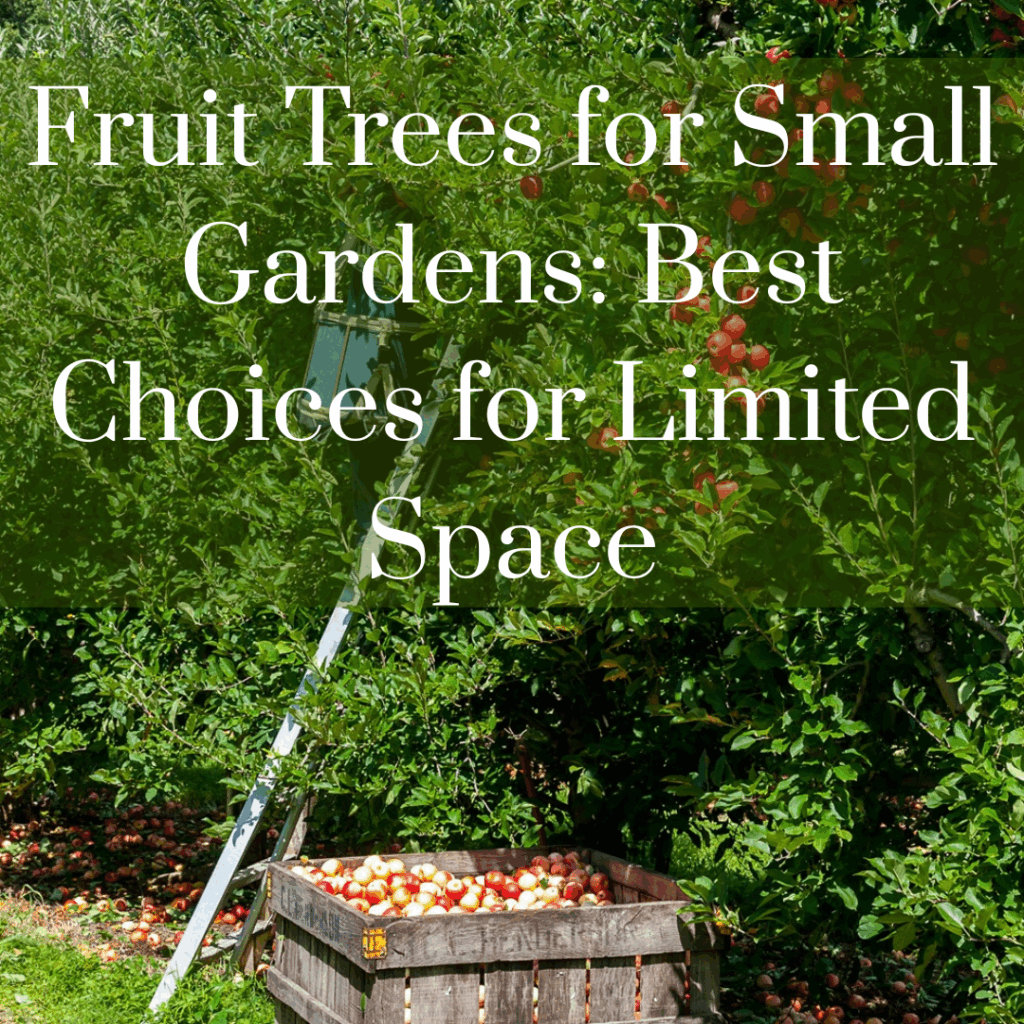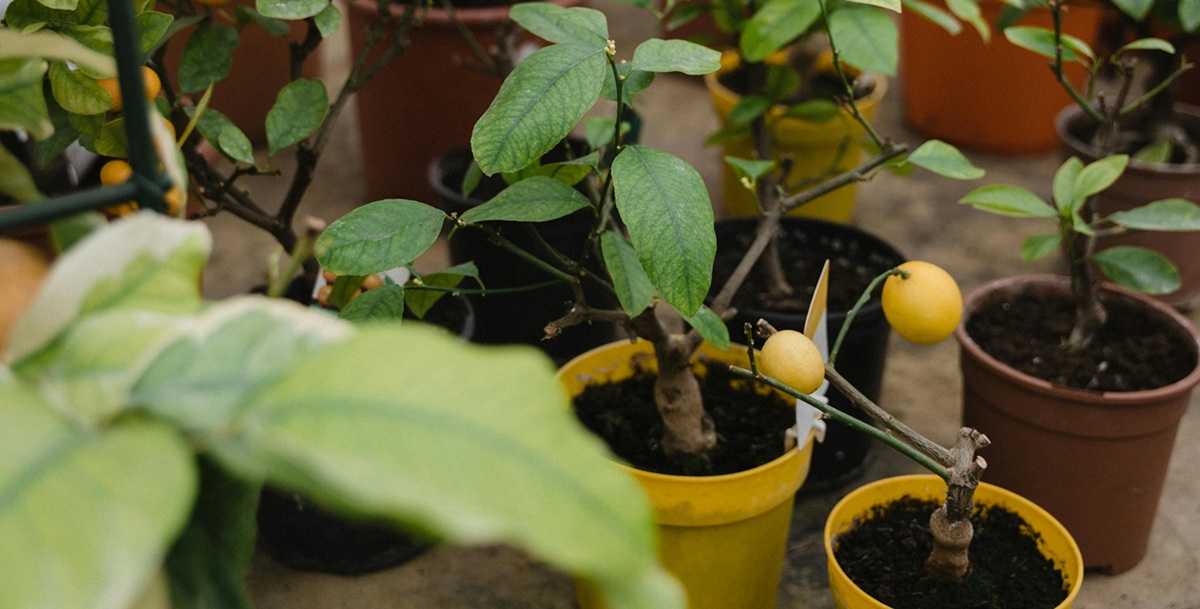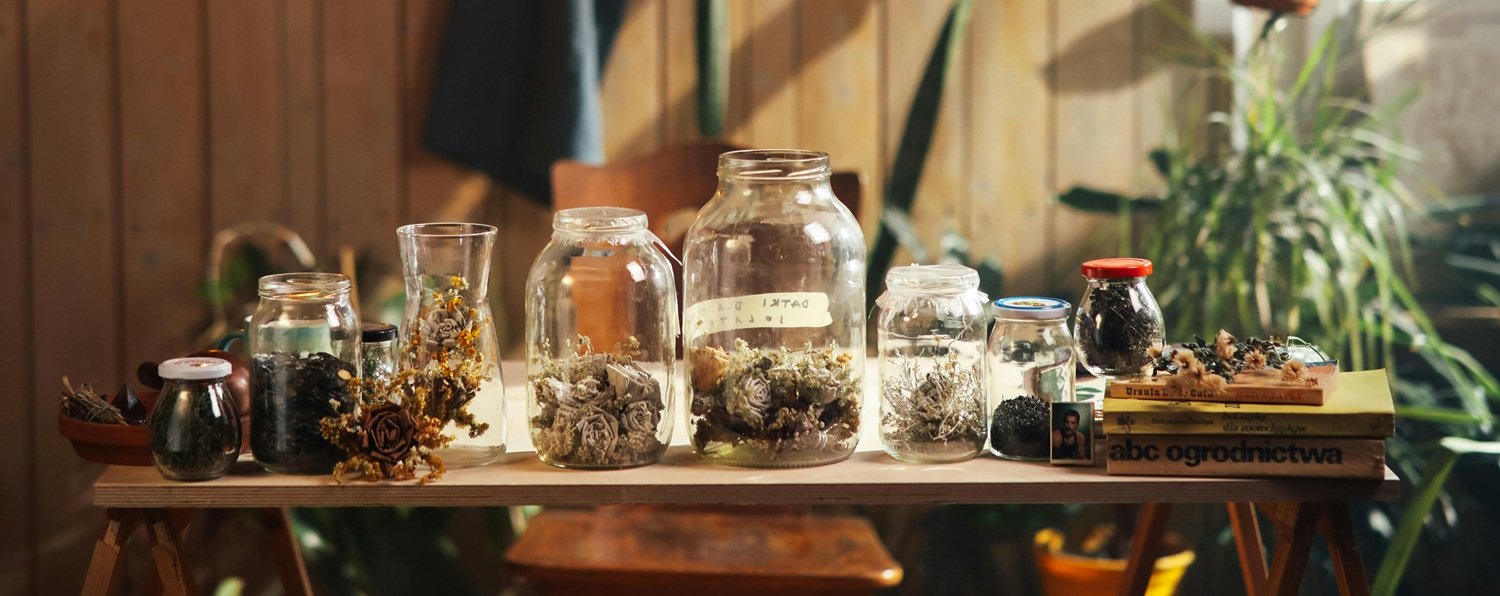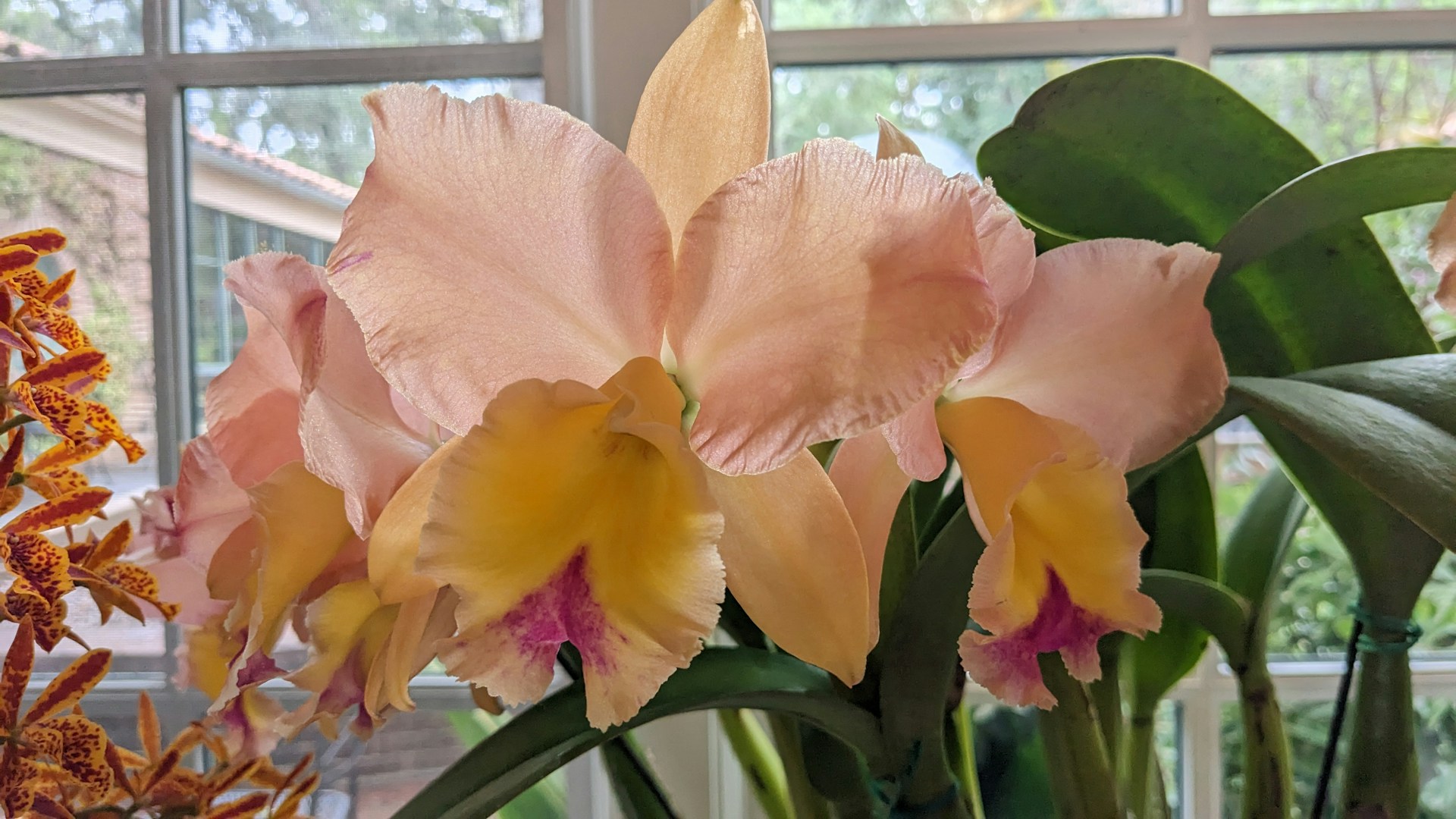Just because you have a small garden doesn’t mean you can’t enjoy the joy of homegrown fruit! With the right choices, even the tiniest outdoor space—or even a lanai—can be transformed into a productive mini-orchard.
Dwarf fruit trees, espalier techniques, and container gardening make it possible to grow apples, citrus, figs, and even tropical fruits like mango and avocado in limited spaces. Whether you have a courtyard, lanai, rooftop, or small backyard, there’s a fruit tree for you.
In this guide, we’ll explore the best fruit trees for small gardens, space-saving growing techniques, and tips for keeping your compact orchard healthy—wherever you’re gardening (Hawaii, the continental US, or another part of the world).
Best Fruit Trees for Small Gardens
Dwarf & Miniature Fruit Trees
Dwarf fruit trees are specially bred to stay small while still producing full-sized fruit. Most varieties reach only 5–8 feet tall, making them ideal for containers, patios, and garden beds.
🔹 Best dwarf fruit tree varieties:
Dwarf Apple Trees – ‘Anna’ and ‘Dorsett Golden’ are top picks for warmer climates (like Hawaii and the southern U.S.), while ‘Fuji’ and ‘Gala’ perform well in temperate zones.
Dwarf Citrus Trees – Meyer lemon, Calamondin orange, and Key lime are excellent in containers and thrive in warm climates.
Dwarf Cherry Trees – ‘Stella’ (self-fertile) and ‘Compact Stella’ are perfect for colder regions.
Dwarf Fig Trees – ‘Petite Negra’ and ‘Little Miss Figgy’ are compact and highly productive.
Dwarf Peach & Nectarine Trees – ‘Bonanza’ and ‘Nectar Babe’ are beautiful, compact, and fruit-bearing.
Where to grow them?
In pots on a lanai or in a small yard
As focal points in small yards or courtyards
In raised beds or edible landscaping designs
🌱 Tropical Tip: Choose low-chill or no-chill varieties like ‘Anna’ apple or tropical peaches if you’re growing at sea level or in warm zones. Let me know in the comments if I should do another post on what chill days are and how they can help you determine the best fruit tree varieties to grow.
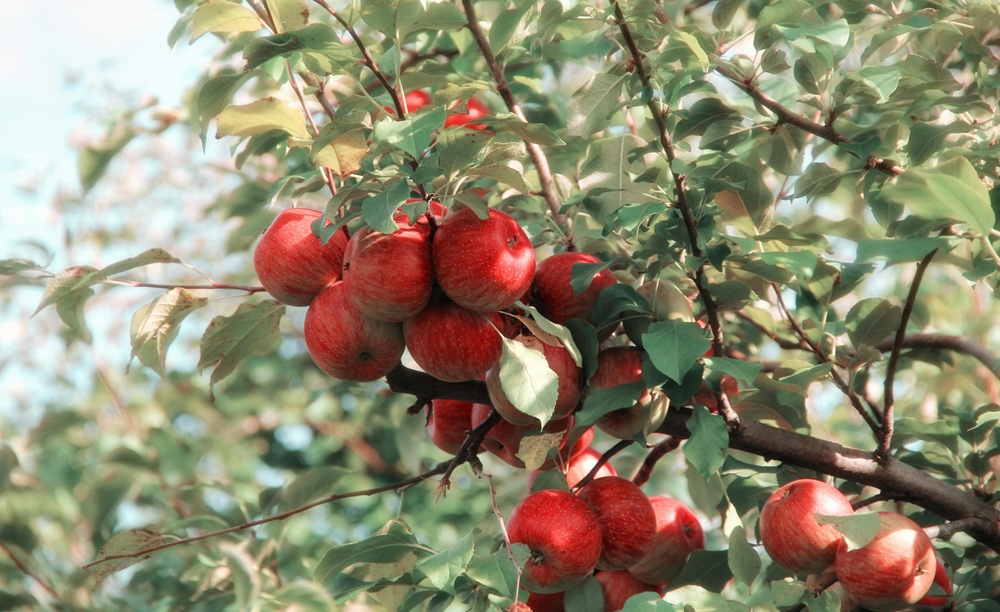
Container-Grown Fruit Trees
If you’re gardening on a lanai or rooftop—or dealing with poor soil—containers are your best friend. Many fruit trees adapt well to life in pots, as long as drainage and root space are managed properly.
Best container-friendly trees:
Meyer Lemon – Beautiful blooms and fragrant fruit
Dwarf Fig – Prolific and great in pots
Blueberries – Compact, ornamental, and delicious
Dwarf Pomegranate – Try ‘Nana’ for compact size and beauty
Where to grow them?
Lanais, and rooftop gardens
Indoors near a large sunny window
Anywhere with at least 6 hours of sun per day
🌱 Tip: Refresh potting soil every 1–2 years, and fertilize regularly for container-grown trees to stay productive.
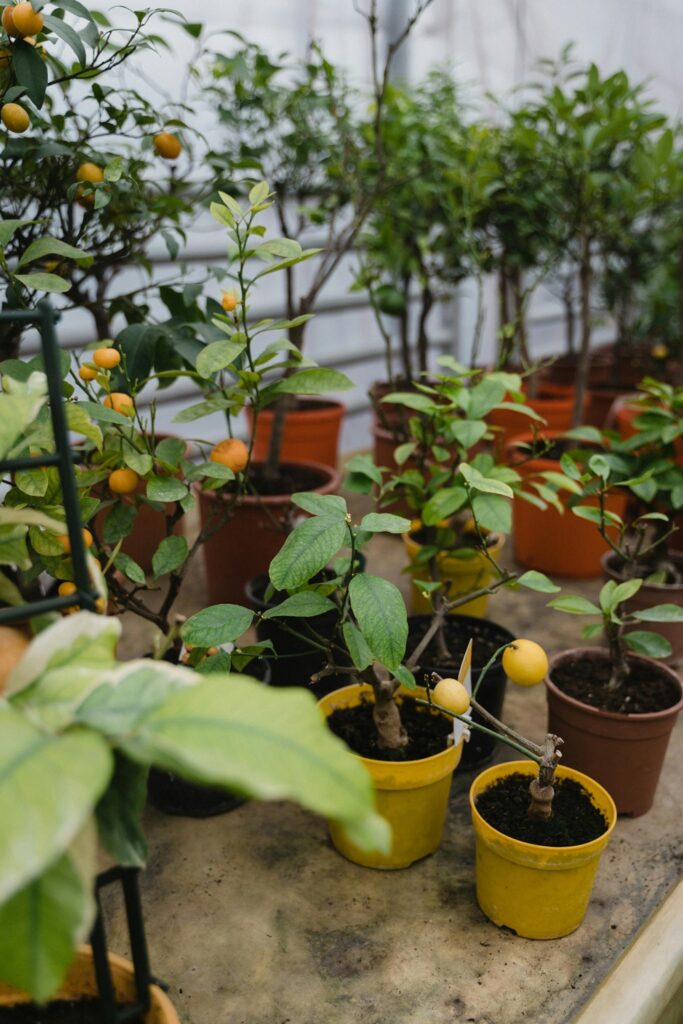

Tropical Fruit Trees for Small Spaces
Tropical fruits aren’t just for large orchards—many can thrive in small yards or even containers with the right variety and care. Hawaii gardeners have especially great access to these options, but some tropicals can even be grown in greenhouses or sunny patios in colder zones.
Compact Tropical Fruit Tree Picks:
Mango (Dwarf Varieties) – Look for compact cultivars like ‘Cogshall,’ ‘Pickering,’ and ‘Nam Doc Mai.’ These trees max out at 6–10 feet and do great in pots or small garden beds.
Avocado (Wurtz/Little Cado) – A semi-dwarf avocado that grows well in containers and tops out around 10–12 feet.
Papaya – Technically a giant herb, papaya grows quickly and bears fruit within a year. Best in warm, frost-free zones. They get tall fast, but have a very small footprint.
Bananas (Dwarf Cavendish) – Max height 5–9 feet. Great in large containers or small yards.
Surinam Cherry – A small, shrub-like tree with bright red fruit and ornamental appeal.
🌱 Hawaii Tips:
Mangoes and avocados grow best with good drainage and full sun.
Protect young tropical trees from wind and salt spray with windbreaks or hedges.
In windward or rainy areas, elevate pots slightly and use mulch to reduce soil splash and fungal issues.
Use volcanic cinder or well-draining media for papaya and citrus.
🌿 Tips for Other Climates:
In colder regions, tropical trees can be overwintered indoors near a sunny window or under grow lights.
Use rolling plant caddies to move containers indoors when frost threatens.
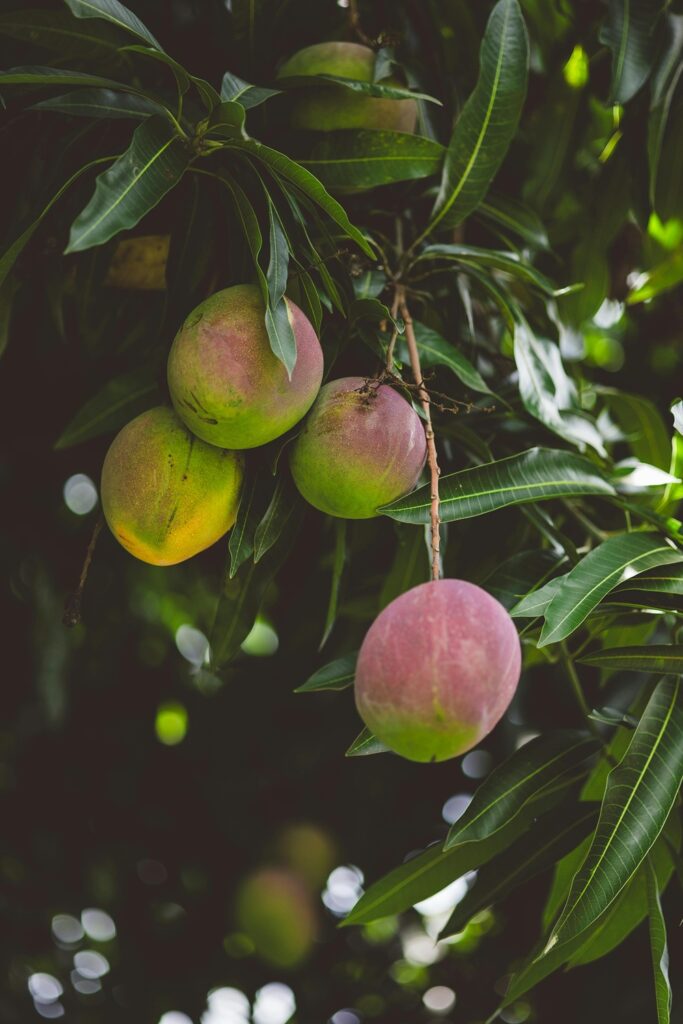
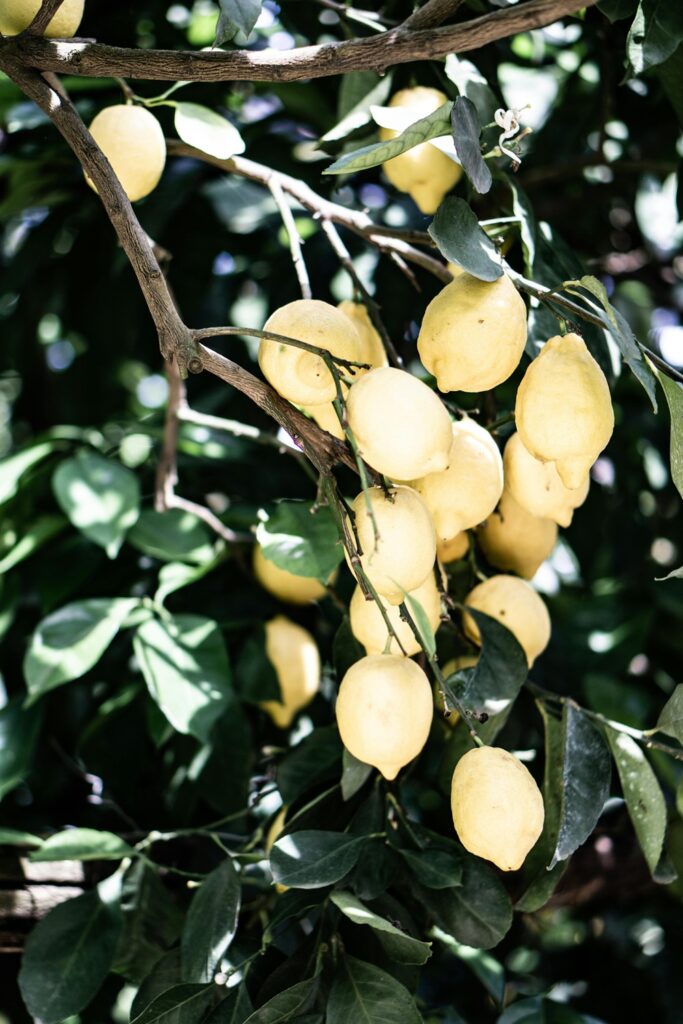
Espaliered Fruit Trees
Espalier is the art of training trees to grow flat against a wall, fence, or trellis. This method originated in Europe centuries ago and was traditionally used to grow fruit trees within the protected microclimate of walled gardens. Today, it’s a brilliant space-saving technique for modern gardeners with limited space—and it doubles as a living work of art!
By guiding the branches along a structured support, espalier transforms a tree into a two-dimensional shape that’s both decorative and productive. It saves space and adds structure and visual interest to small gardens, especially when grown against a sunny wall or used as a living fence.
Best fruit trees for espalier:
Apples & Pears – Especially well-suited to espalier forms and respond well to pruning.
Figs – Naturally flexible branches make them easy to train.
Plums & Peaches – Require a bit more effort and attention but can be espaliered successfully.
Where to grow them?
Against a sunny south- or west-facing wall to take advantage of reflected heat
As a living fence between sections of your garden
Along narrow pathways or garden borders where space is limited
🌱 Tip: Espaliered trees benefit from regular pruning and can serve as both edible and ornamental elements—perfect for making a small garden feel lush and abundant.
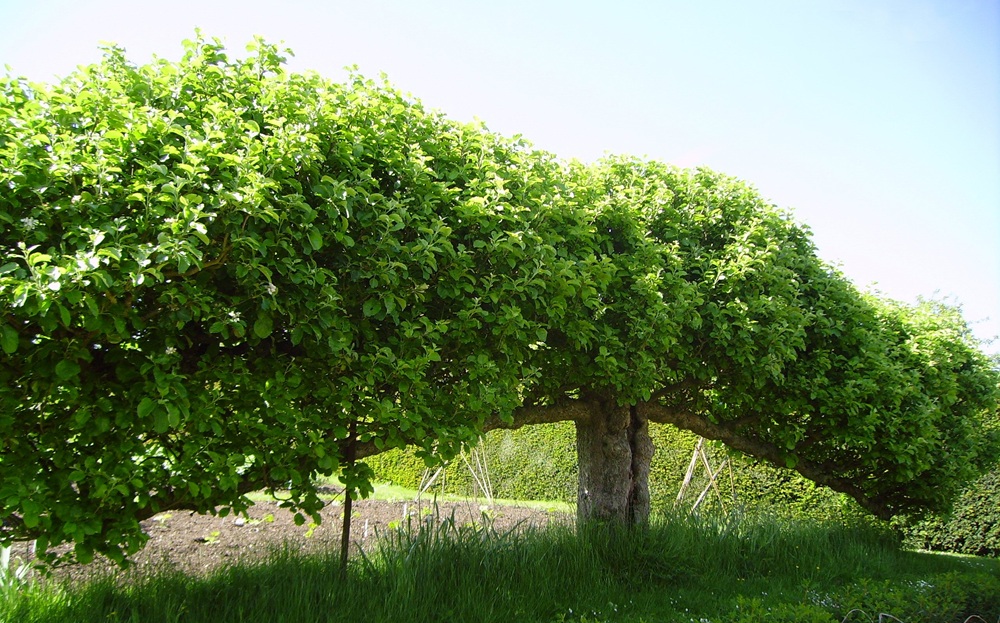
Columnar & Vertical Fruit Trees
Columnar fruit trees grow upright with little lateral branching, making them perfect for tight spaces. These trees bear fruit along the main trunk and are often self-supporting.
Best columnar varieties:
Columnar Apple Trees – ‘Golden Sentinel’ and ‘Scarlet Sentinel’
Columnar Plum Trees – ‘Victoria’
Columnar Peach Trees – ‘Crimson Rocket’
🌿 Where to grow them?
Along narrow walkways or fences
In decorative containers
As part of a vertical garden or privacy hedge
🌱 Tip: Move potted columnar trees seasonally to catch the best sun, especially in cooler climates.
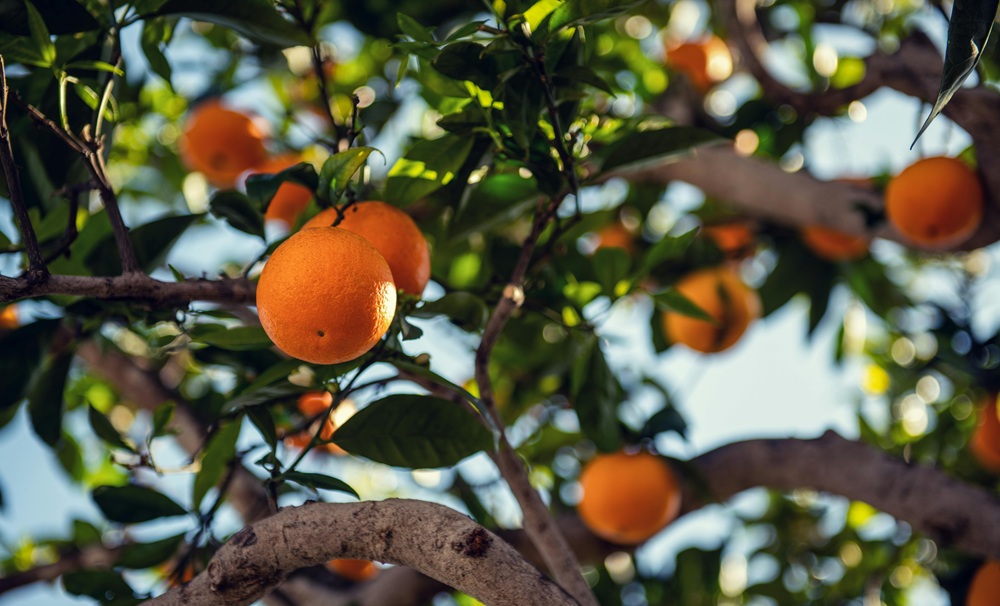
Caring for Small-Space Fruit Trees
Sunlight Needs
Most fruit trees need 6–8 hours of direct sunlight daily.
Reflective surfaces (like white walls or fences) can help boost light in tight spaces.
In Hawaii and other tropical areas, some shade during the hottest part of the day can help avoid sunburn on young trees.
Watering
Container trees dry out quickly—check soil often.
Mulch around the base to retain moisture and protect roots from heat.
In rainy climates (like the Hilo side of Hawaii), monitor for root rot and use raised beds or well-draining pots.
Pruning & Maintenance
Prune to shape and maintain airflow.
Remove suckers and dead wood regularly.
For espaliered or columnar trees, stick to a consistent pruning schedule to encourage fruiting and maintain structure.
Pollination
Some trees are self-fertile (e.g., figs, Meyer lemons, many tropicals like papaya).
Others need cross-pollination (e.g., apples, some plums).
In small gardens, choose self-fertile or multi-grafted varieties to maximize space.


Final Thoughts
Having a small garden doesn’t mean you have to miss out on growing your own fruit! Whether you’re working with a sunny balcony in California, a lanai in Hilo, or a tiny backyard in Seattle, there are fruit trees for every space and climate.
By choosing dwarf, espalier, columnar, or container-friendly fruit trees—and giving them a little TLC—you can enjoy sweet, homegrown fruit year after year. For Hawaii-based gardeners, the added bonus is that many tropical fruits grow year-round, turning your small space into a lush, edible paradise.
So don’t let size stop you—start your mini orchard today and enjoy the rewards of fresh-picked fruit, even from the smallest garden!
Want more gardening inspiration? Join the Adventures in Botany Community and connect with fellow plant lovers! Follow us on, Instagram, TikTok, and YouTube for more gardening tips, DIY projects, and nature-inspired content.
